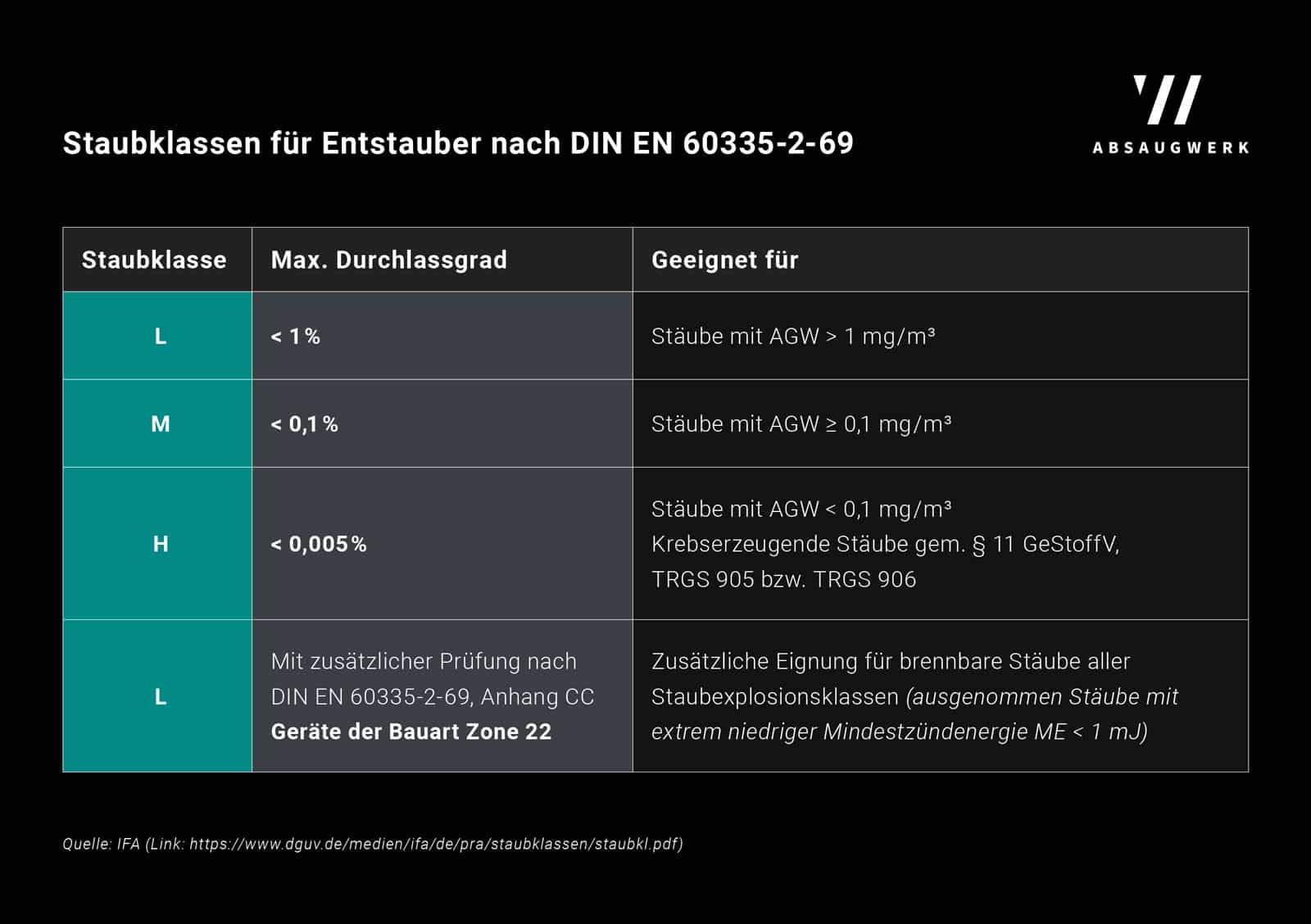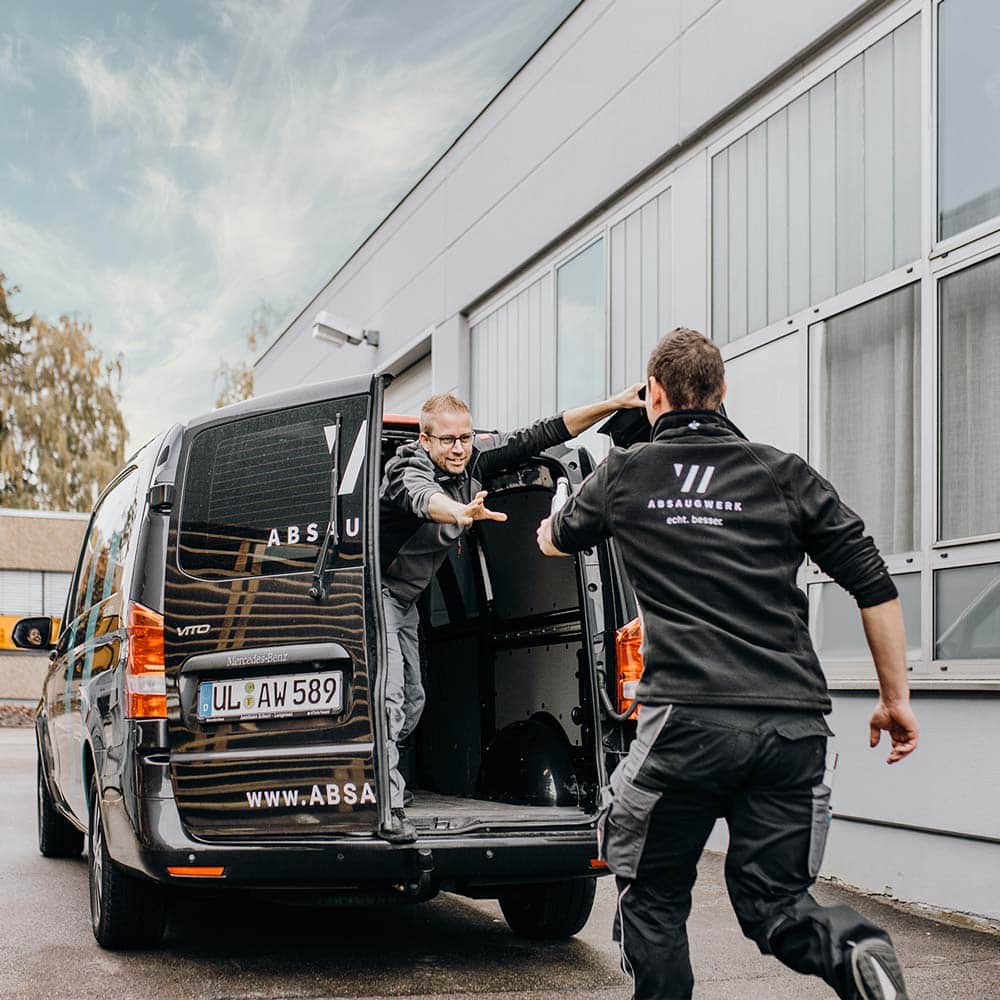Deduster
P SERIES | S SERIESDeduster
P SERIES | S SERIESDedusters are extraction systems and are used both in industry and in the public sector to filter dust from the air we breathe. Processes such as grinding, deburring or cutting release dusts that must be extracted and filtered to protect the workforce. This means that occupational health and safety regulations and legal requirements can be complied with, and operators benefit from a clean hall and automatically extend the service life of their machinery.
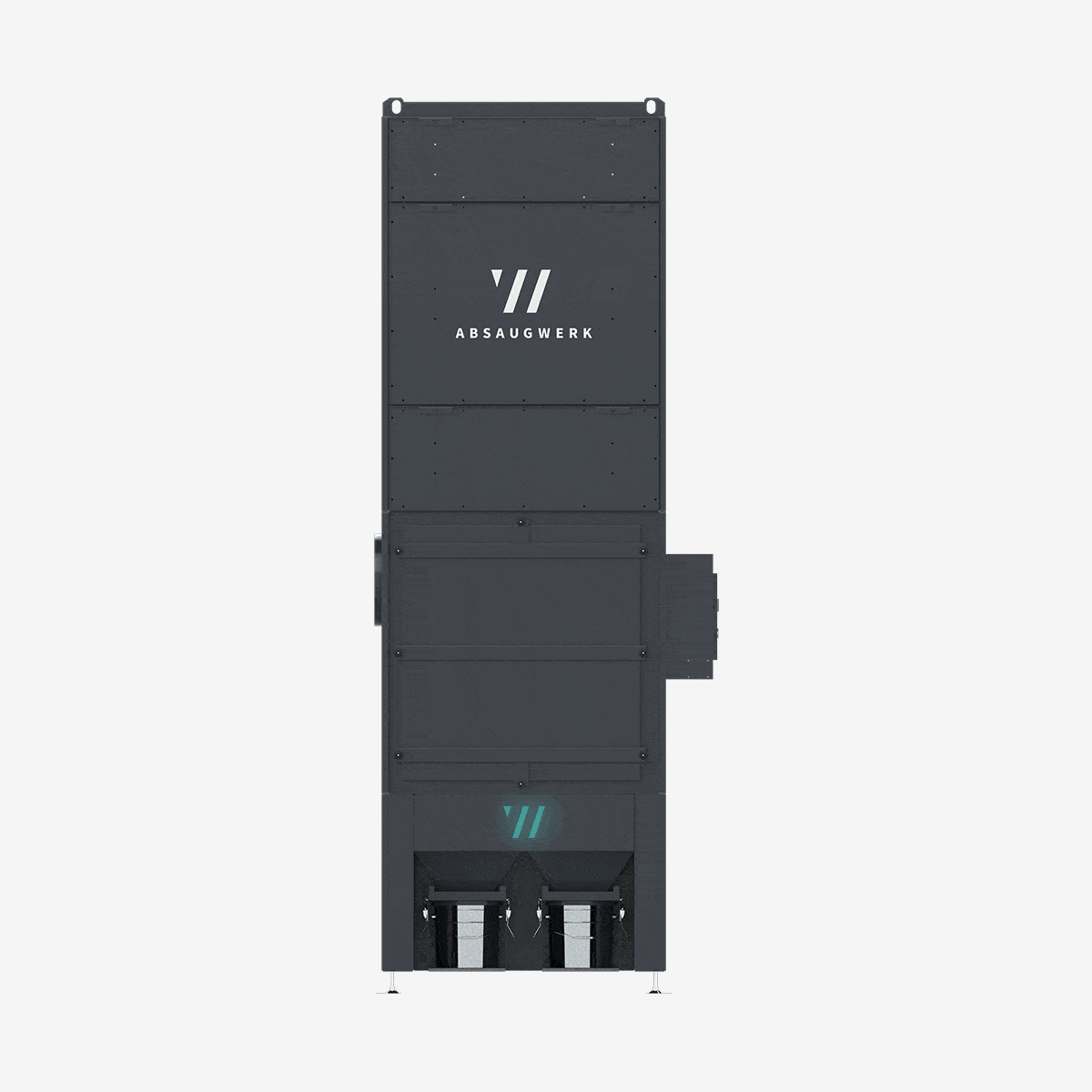
Industrial deduster for dust, granules, fibers and chips
Numerous industrial processes generate dusts, chips, granules, fibers and flakes of different materials, particle sizes and chemical properties. Explosive and flammable media such as aluminium, copper or flour are particularly dangerous. The dedusters of the P (cartridge filter) and S (bag filter) series are available in various sizes and designs and can thus be individually configured. Due to the automatic Jet-Pulse filter cleaning, the dust cake is blown off the filters. This significantly increases the service life of the filters and minimizes operating costs. Against carcinogenic substances such as stainless steel or glass, an additional HEPA H14 filter is installed in the deduster. The cleaned air can then be fed back into the hall in recirculation mode or outside.
-
Individually configurable
-
High extraction power
-
Low energy consumption
-
Automatic filter cleaning
-
Flexible use for many industries
-
Energy-saving recirculation mode
INDIVIDUAL
COLORS
DIFFERENT
FANS
DIFFERENT
FILTER VARIATIONS
POSSIBLE
PRODUCT VARIATIONS
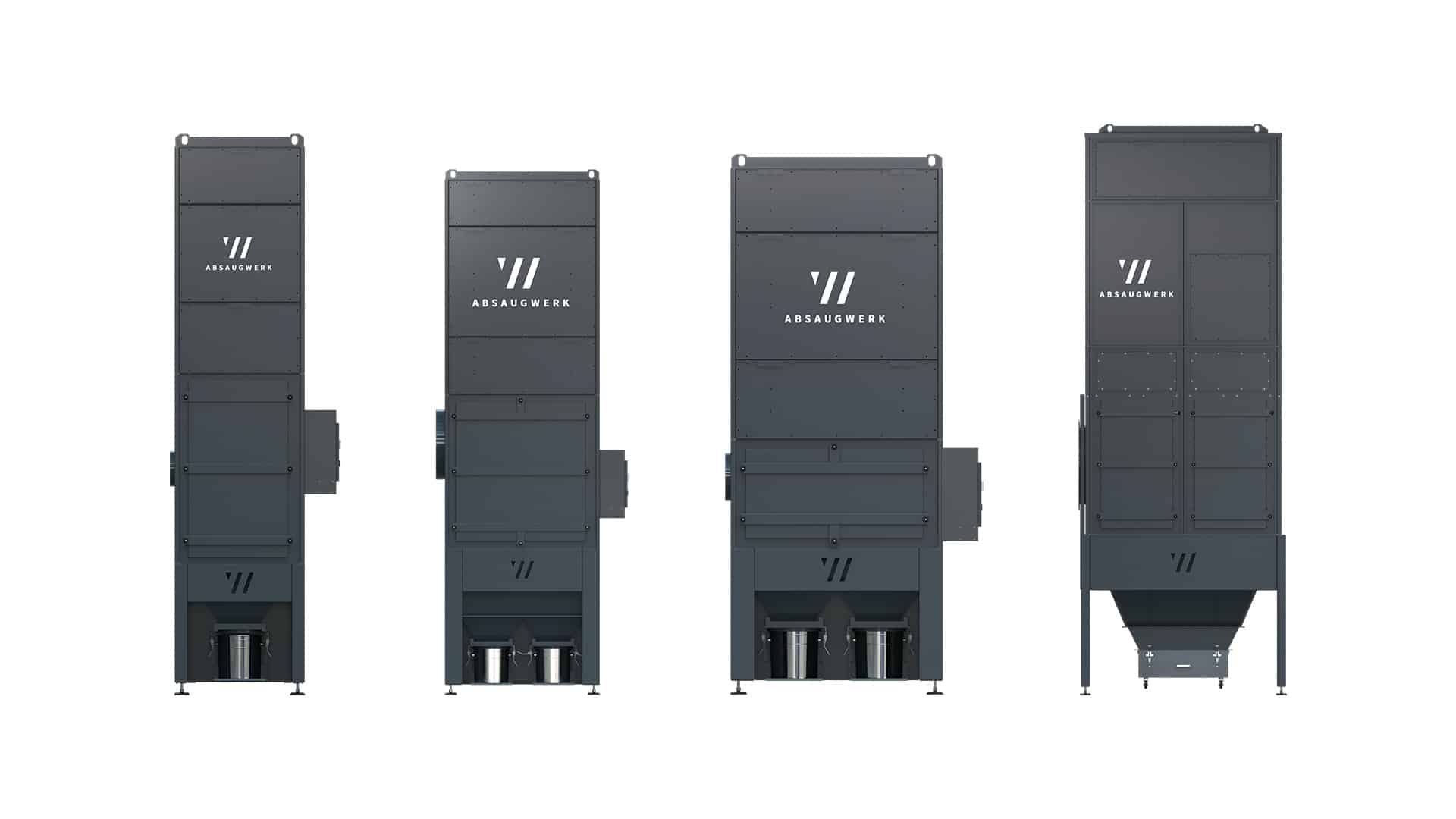
Subscribe to our YouTube channel!
There we regularly publish new service and product videos on our dedusters and other extraction systems to make the use of our extraction systems even more customer-friendly.
Unit components deduster
FILTER ELEMENTS
- Cartridge filter (diff. performances)
- Bag filter (diff. performances)
- Automatic Jet-Pulse cleaning
CAPTURE
- Extraction arm
- Extraction table
- Extraction hood
- Machine connection
- Individual capturing system
TECHNICAL DATA
- Motor power: 1.1–45 kW
- Extraction capacity: 2,400-40,000 m³/h
- Operating time: 24 h / 7 days
DISCHARGE
- Drawer
- Container
- Bucket
- Container
- Automatic discharge (e.g. cellular wheel sluice)
- Individual discharge system
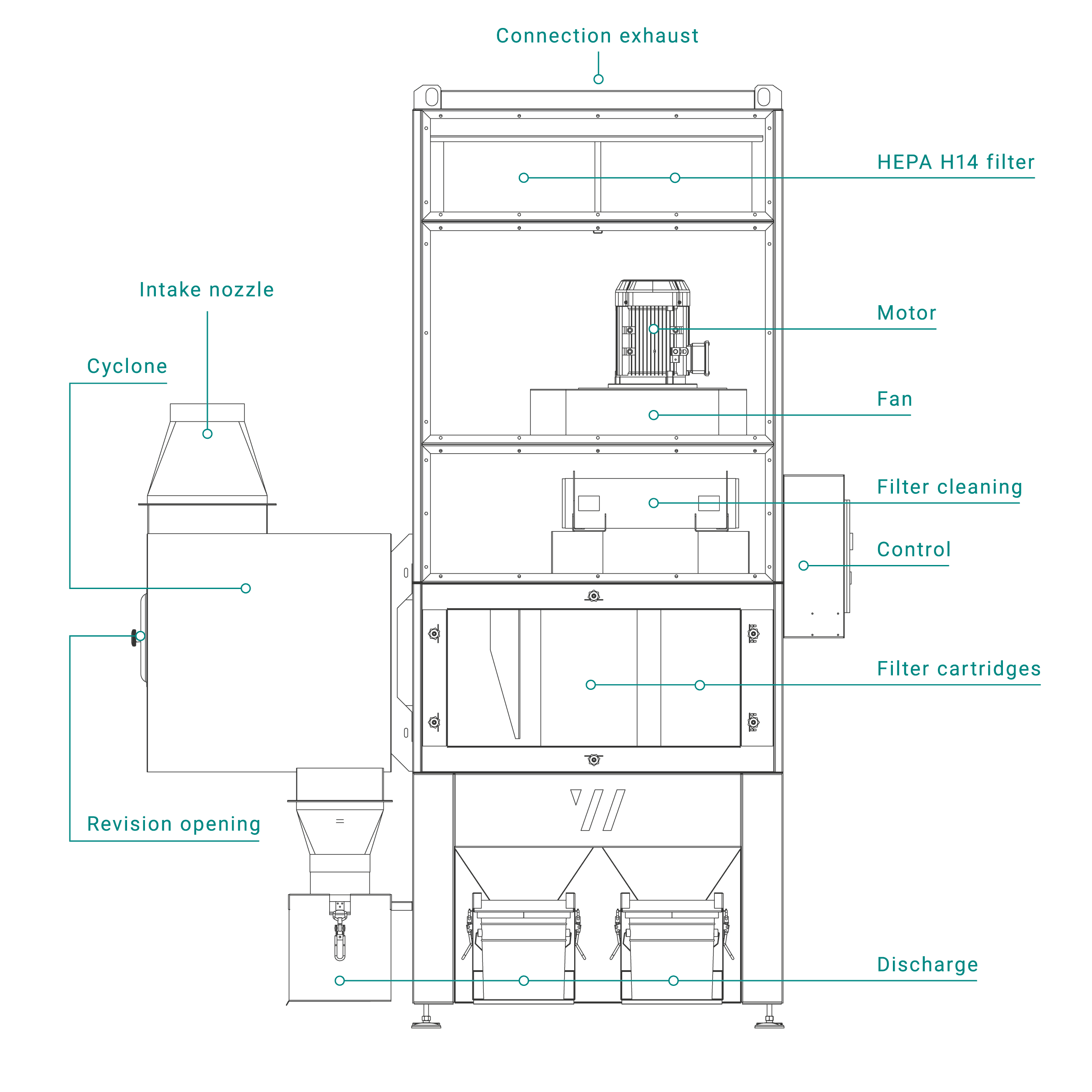
Options & variations

HEPA H14 FILTER
Against carcinogenic substances

ACTIVATED CARBON FILTER
Against gases and odors
EXPLOSION PROTECTION
ATEX execution
Fire protection
Automatic extinguishing system

noise protection
Effective and safe

PRE-SEPARATOR
For large amounts of material

PRECOAT-UNIT
Premium filter protection

CROSS HEAT EXCHANGER
Effective heat recovery

DIFFERENT FANS
Medium/high pressure, high vacuum

INTELLIGENT CONTROL
Versatile operating options

unit color & branding
Individual as desired

Explosion protection at
ABSAUGWERK
In the right mixing ratio with oxygen and an effective ignition source, flammable and explosive media in the form of gas, vapor, mist or dust can cause serious fires and violent explosions. This can injure people, destroy buildings and plant components, and ignite other flammable substances.
So-called ATEX directives (ATmosphères EXplosibles) therefore apply to industrial extraction systems such as dedusters.
ATEX COMPONENTS Deduster
- Air speed in the pipe min. > > 20 m/s
- Negative pressure and volume flow monitoring
- Motor according to ATEX Zone 2
- Construction free of ignition sources and conductive
- No ex-zones during operation
- All electrical components installed ATEX-compliant
- Electrical cabinet outside the system
Environmental protection & sustainability
We develop economical and energy-saving deduster and extraction systems using state-of-the-art technology. For a climate-friendly industry of today and tomorrow.
High-quality processing
for a long service life
Less energy costs
per year
High volume
HEPA H14 Filter
Summer/winter switchover
through intelligent control
Reduced heating costs
due to cross heat exchanger
Minimized
pollution
No expensive
EX-protection
Automatic regulation
of the air output
References deduster
Our deduster series is individually configurable and can thus be optimally adapted to the various processes in a wide range of industries. For our customer Grammer from the automotive industry, we have developed and installed two work cabins with a deduster including fire protection and ATEX concept for carcinogenic glass dusts.
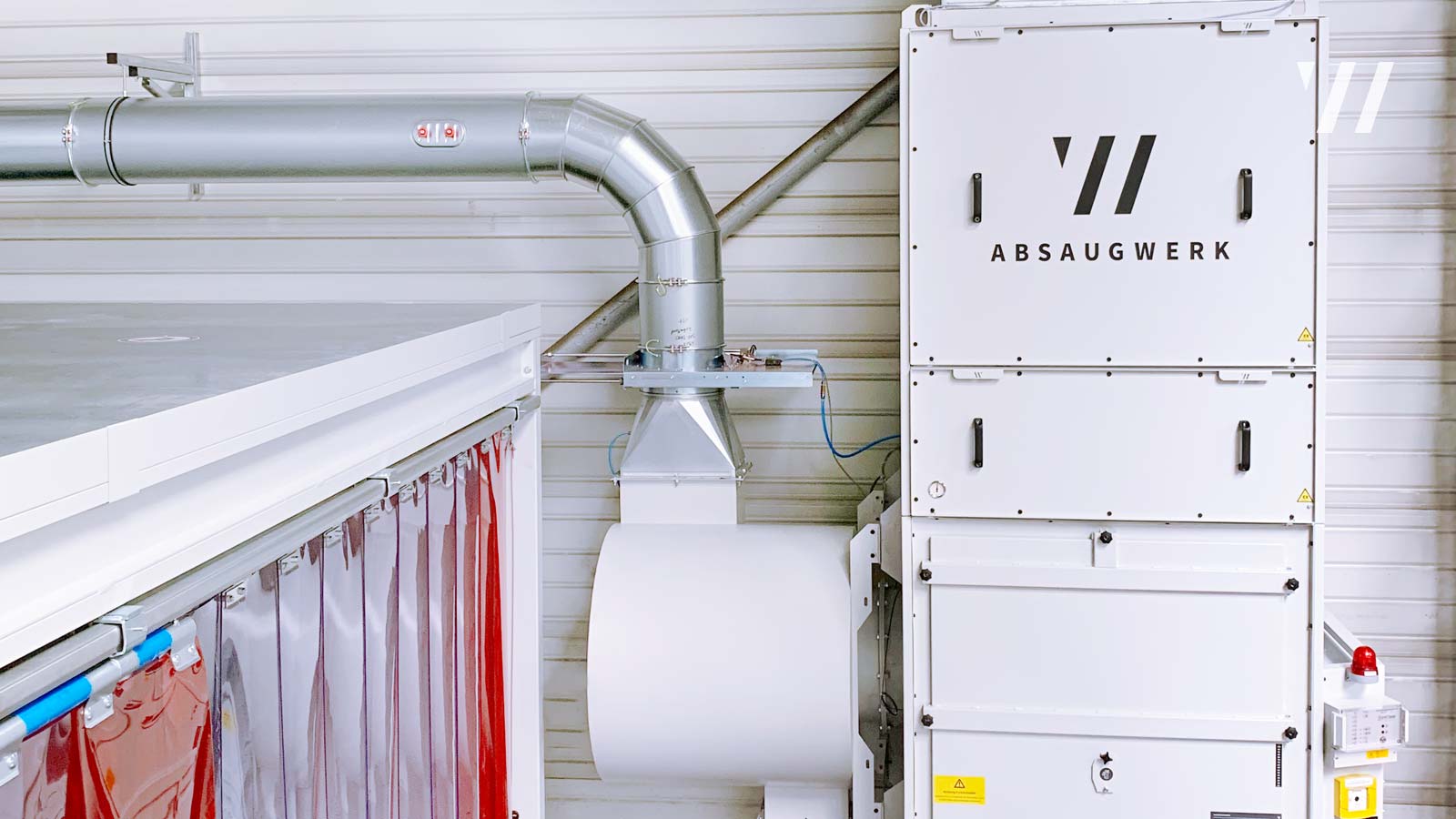
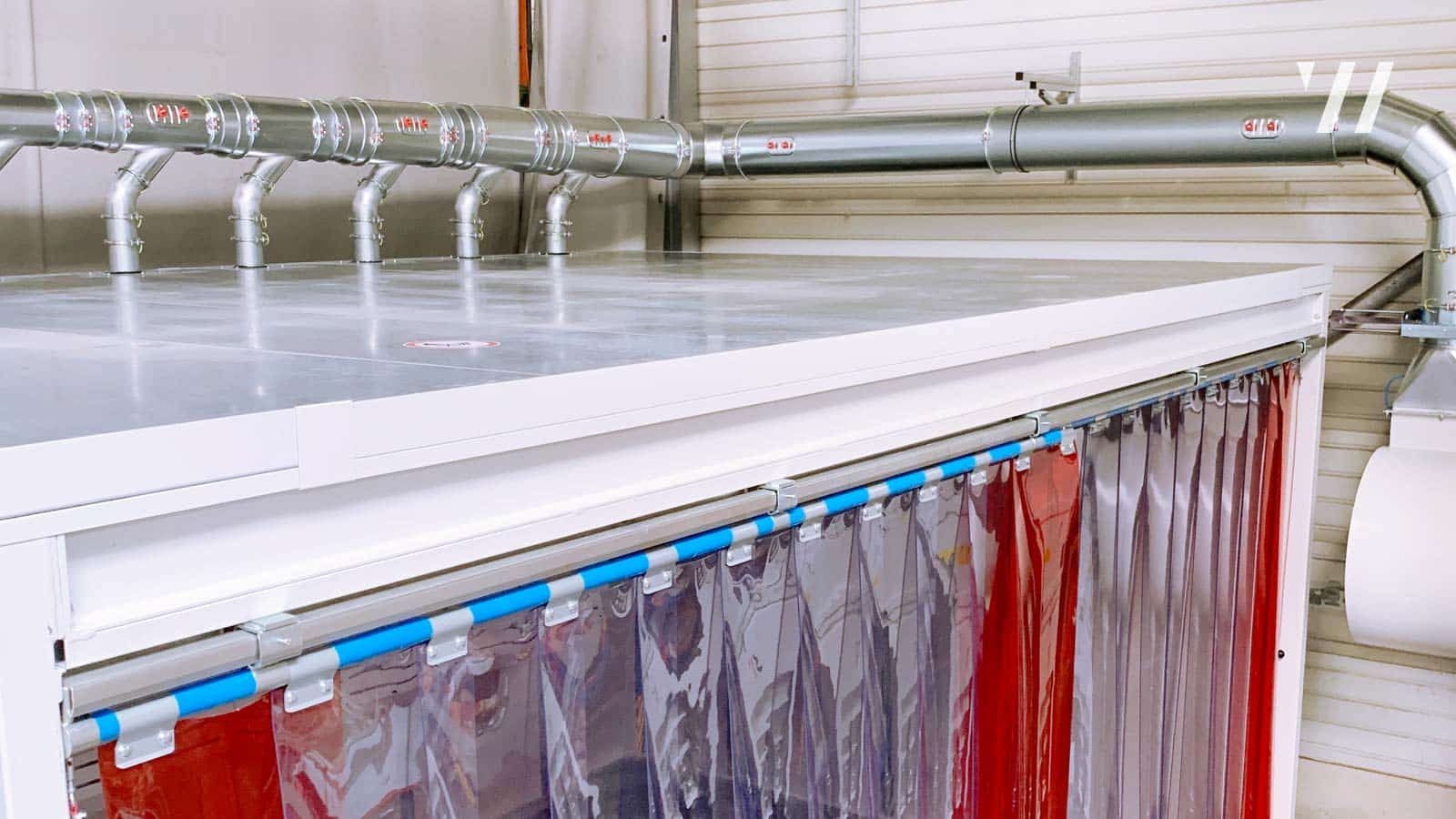
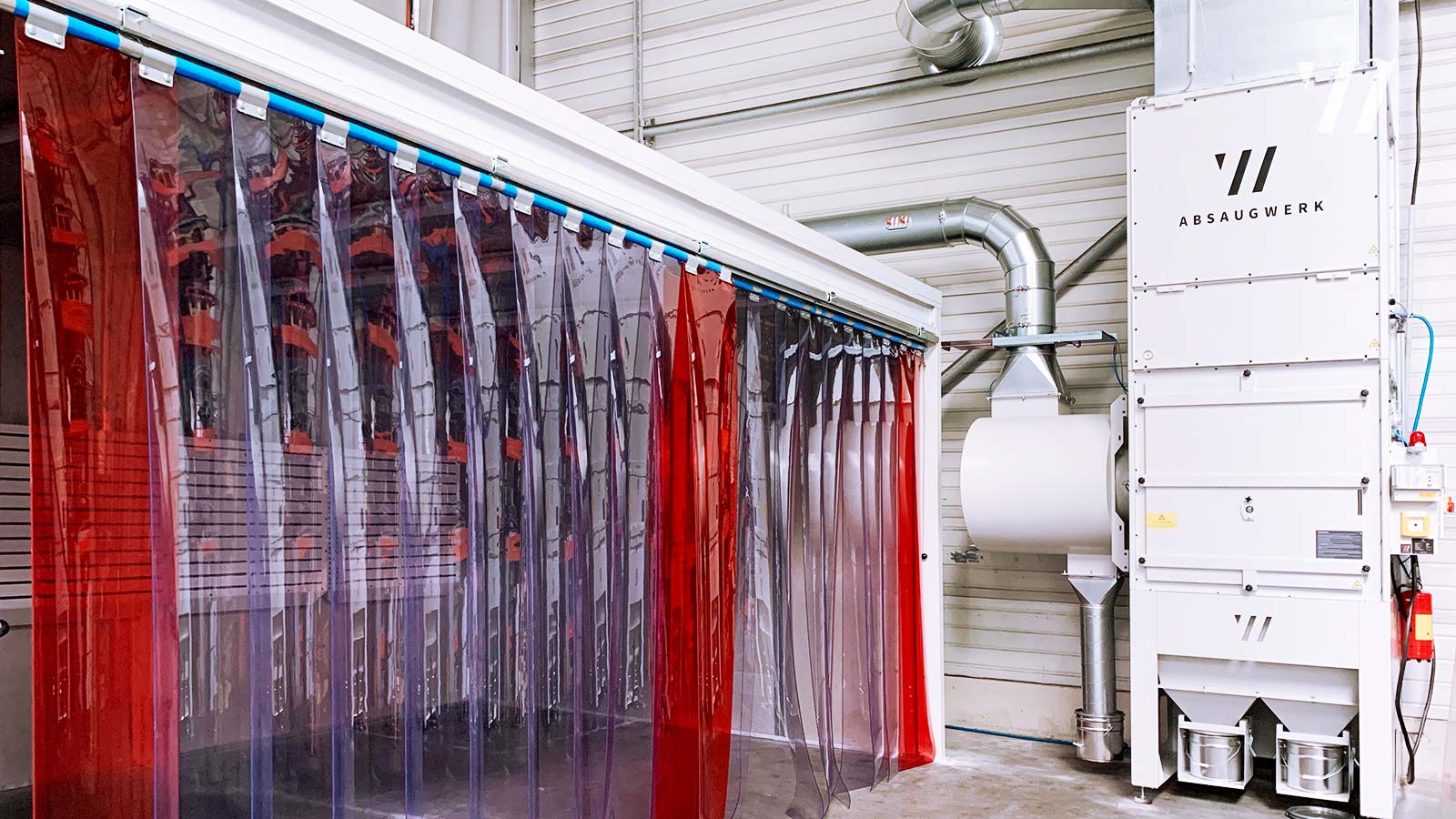
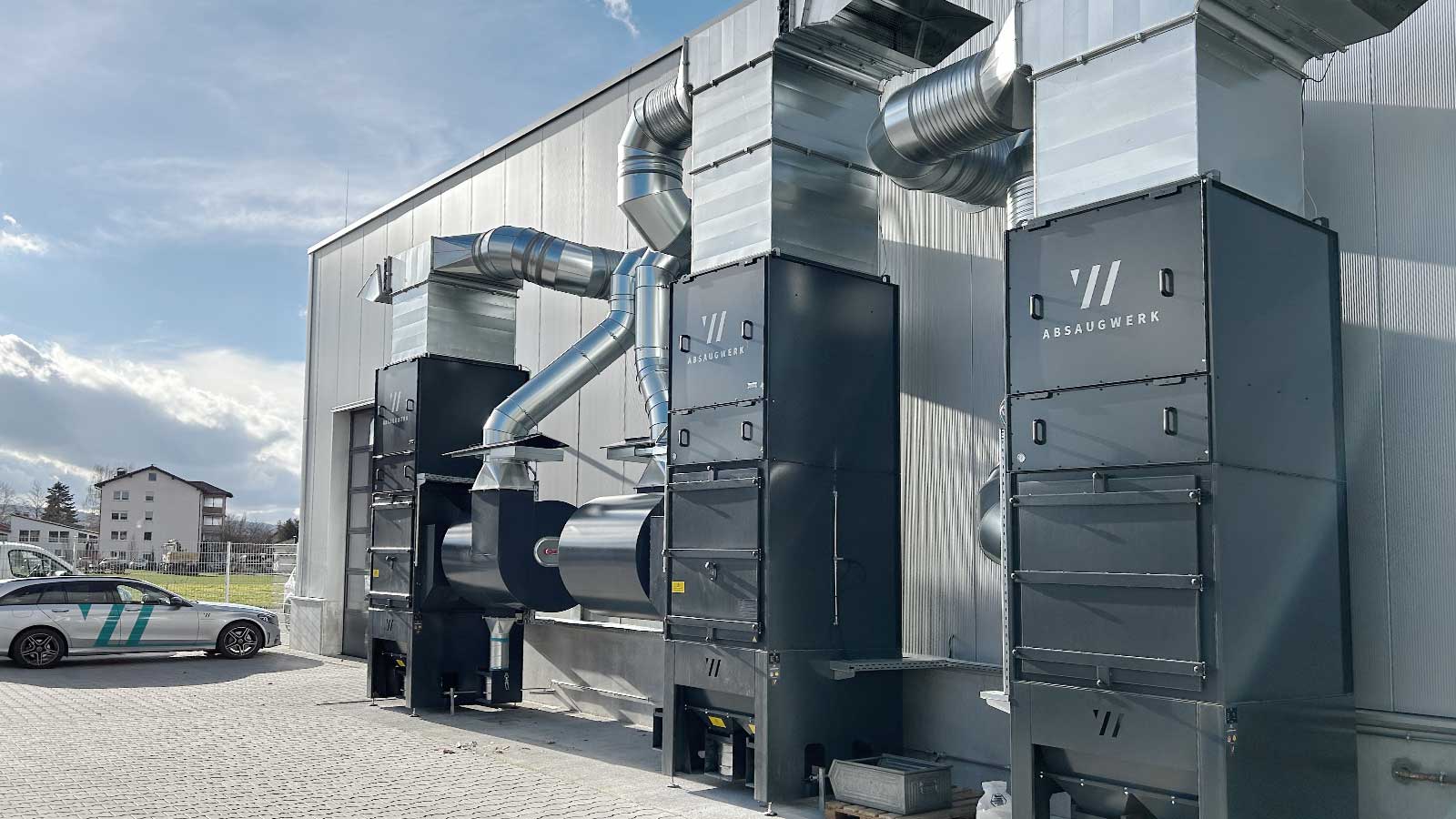
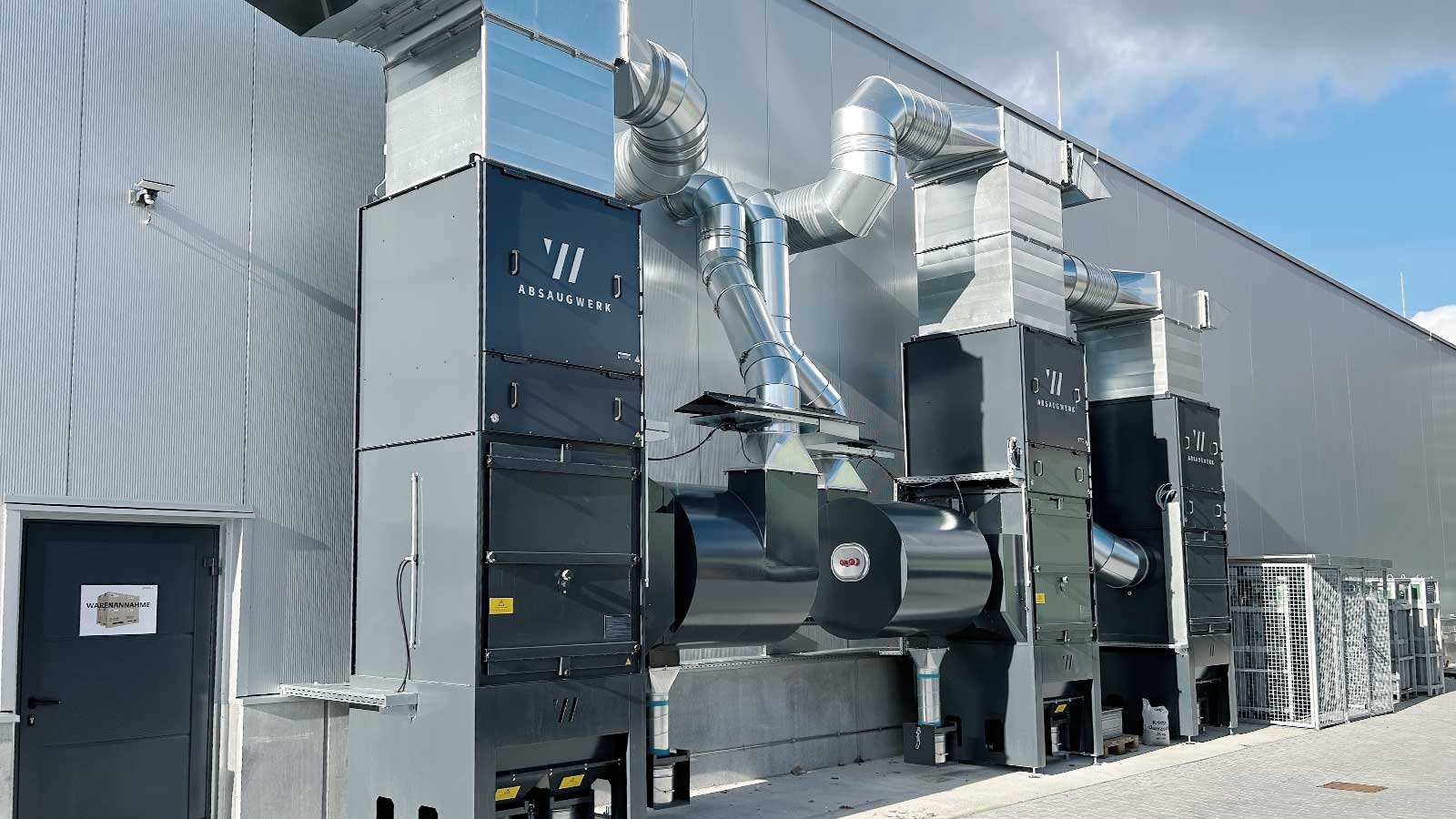
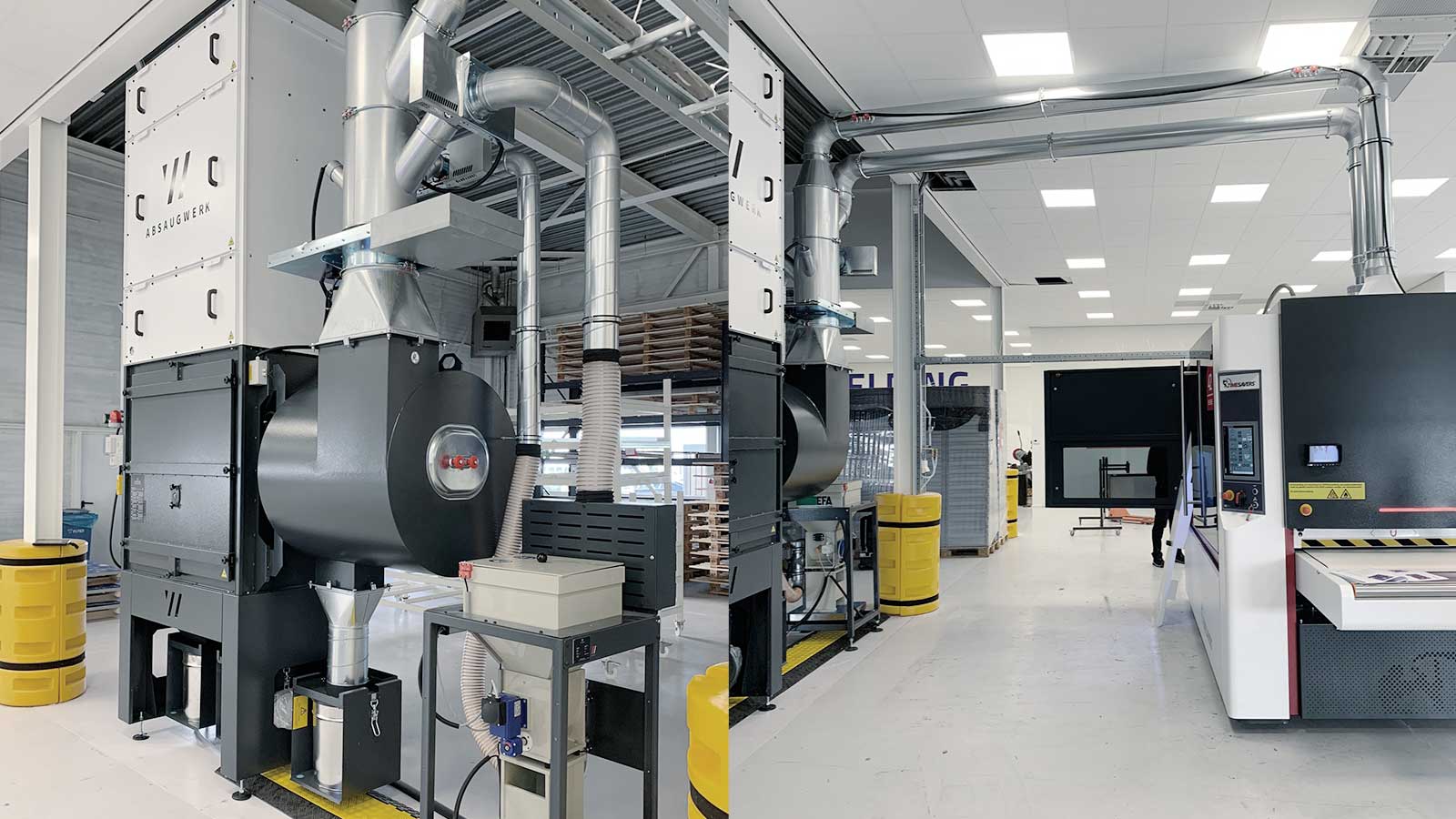
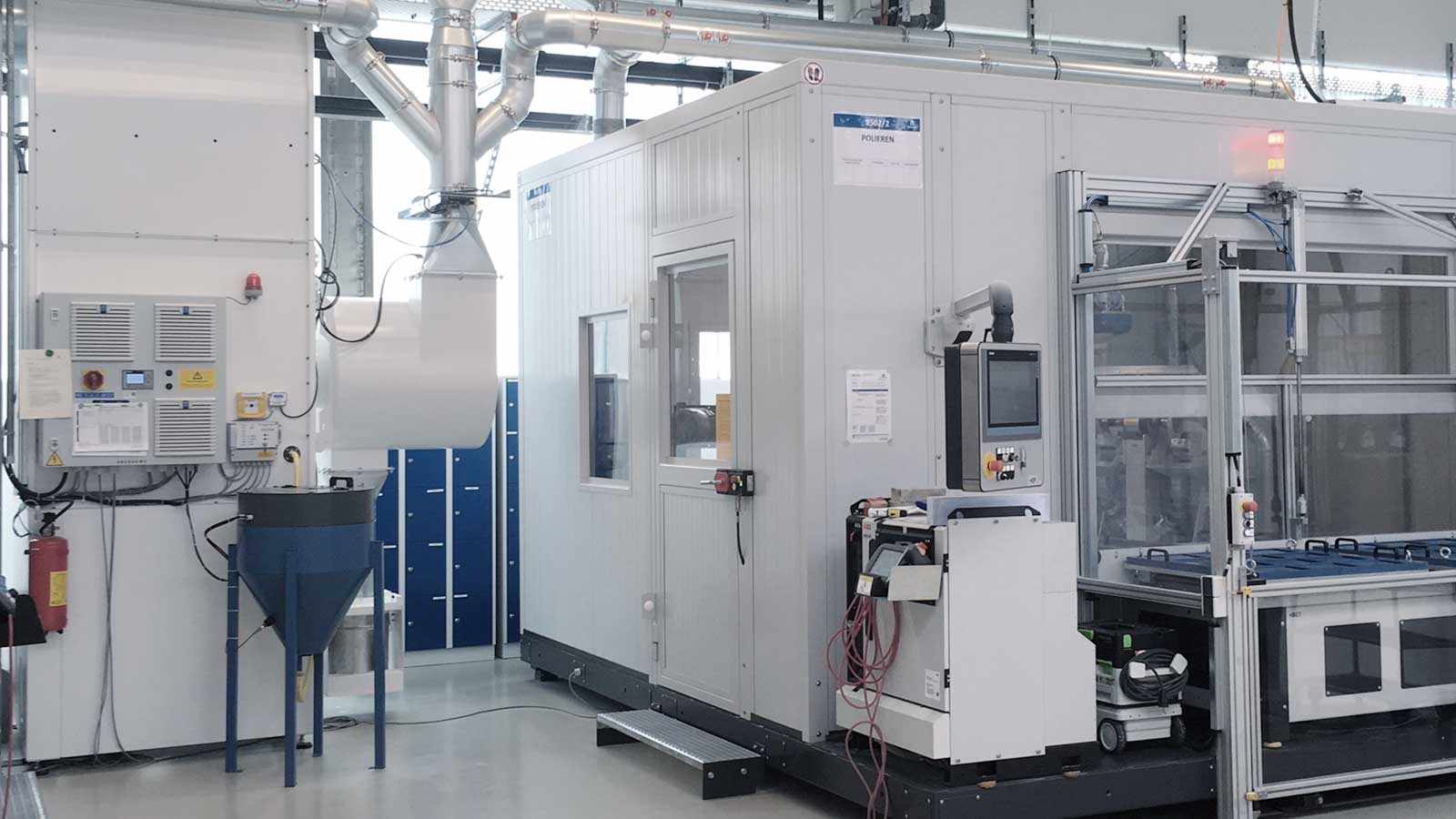
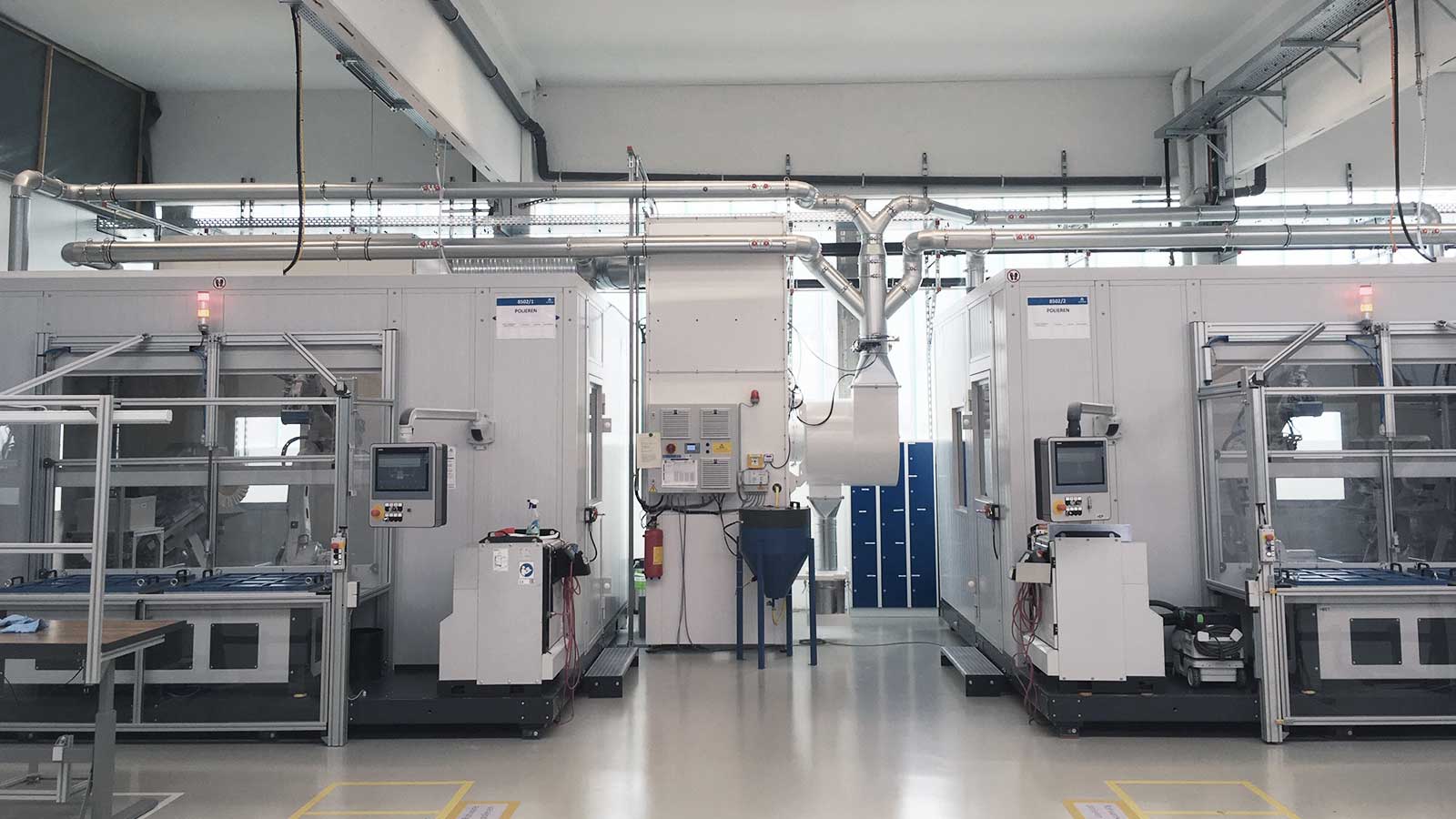
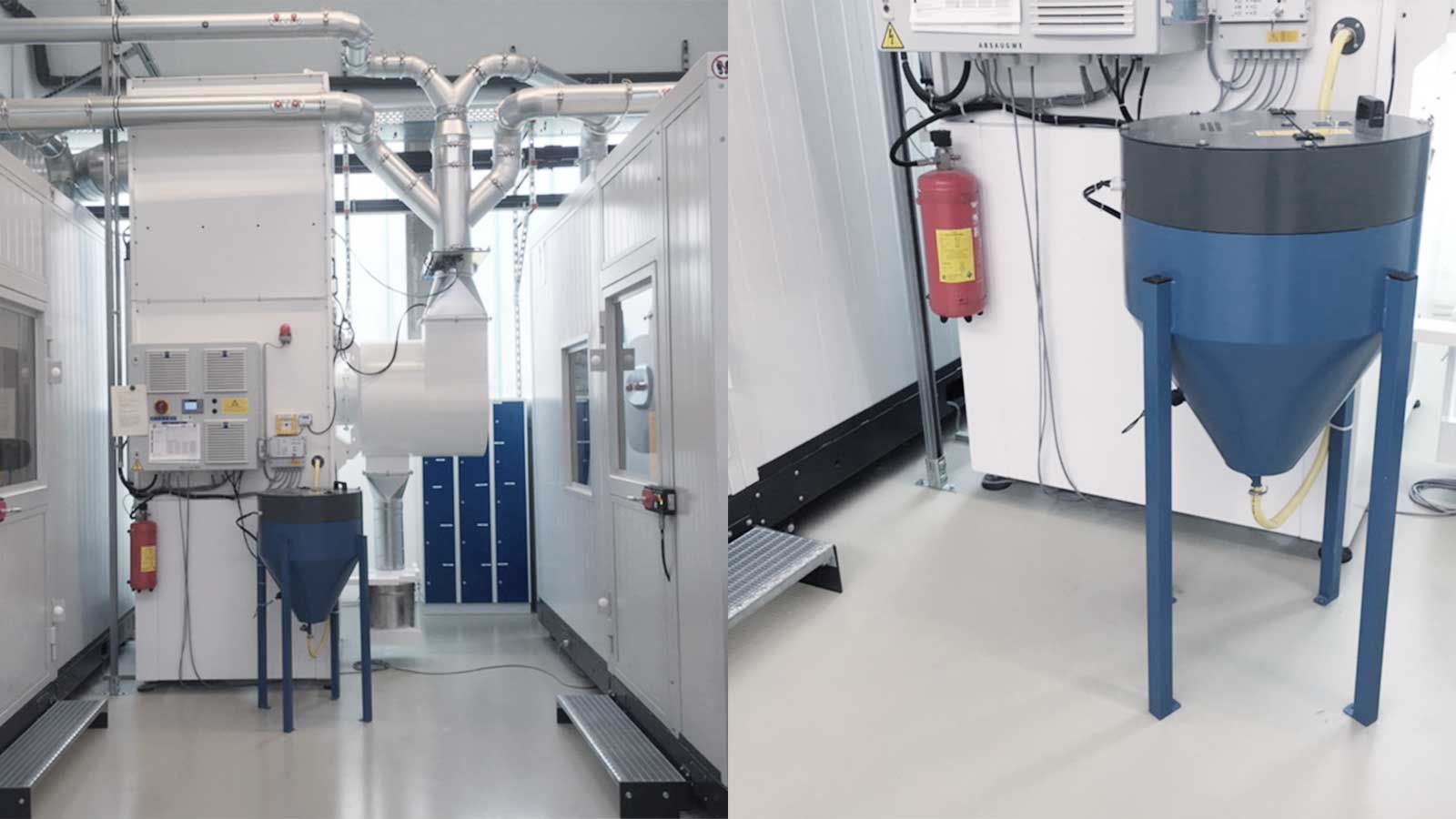









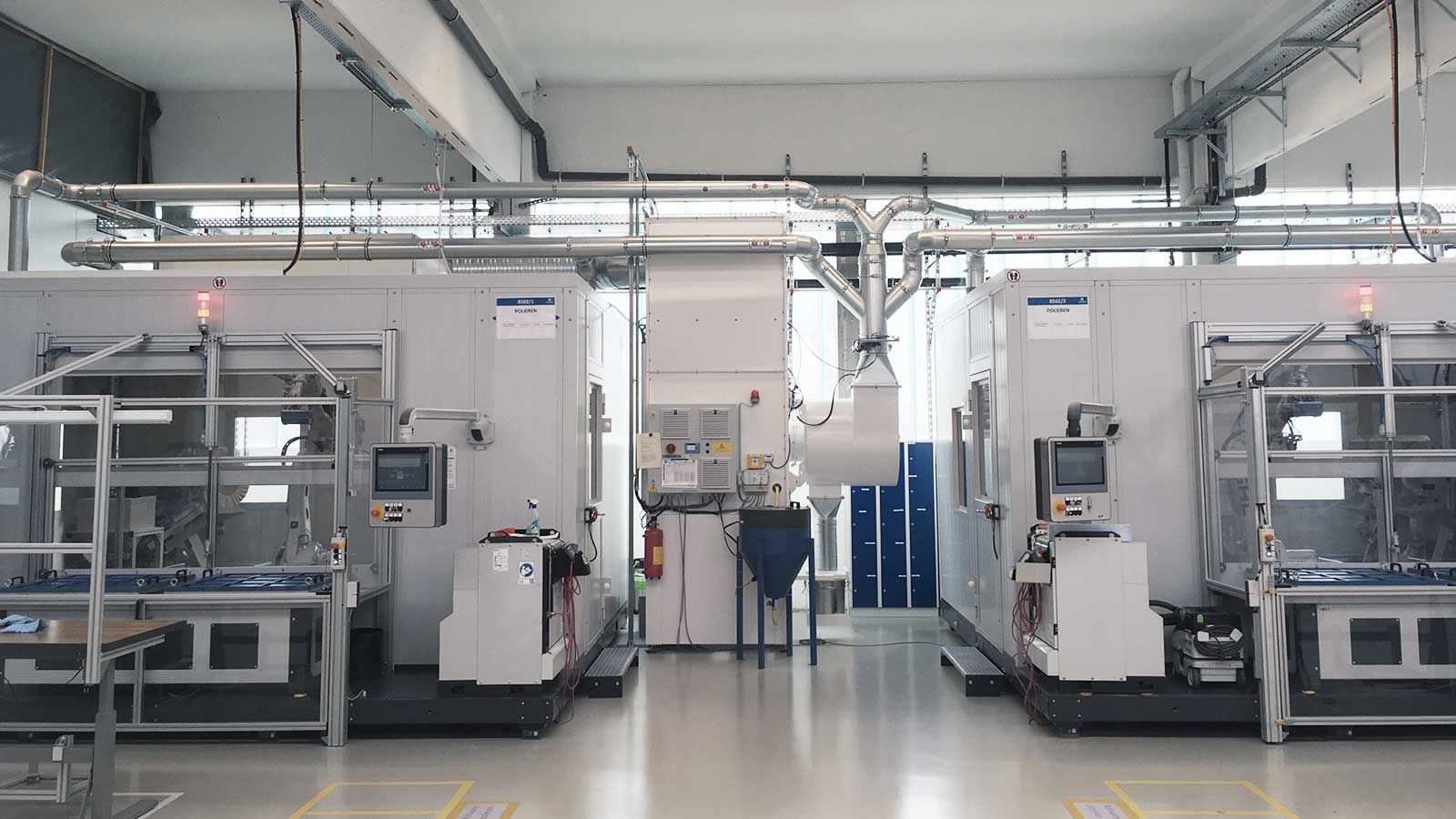
Grammer
We provided the world’s leading supplier of seating solutions for commercial vehicles and interior solutions for the automotive industry with two work cabs. equipped, in which grinding and polishing work is carried out in 3-shift operation. The harmful dust mixture released during polishing is extracted with the help of our deduster and effectively filtered out of the booth air.
FAQs
We are happy to help!
We provide you with comprehensive technical expertise for the planning and consultation of your deduster. We work together to develop customized solutions and will be happy to provide you with an individual offer.



